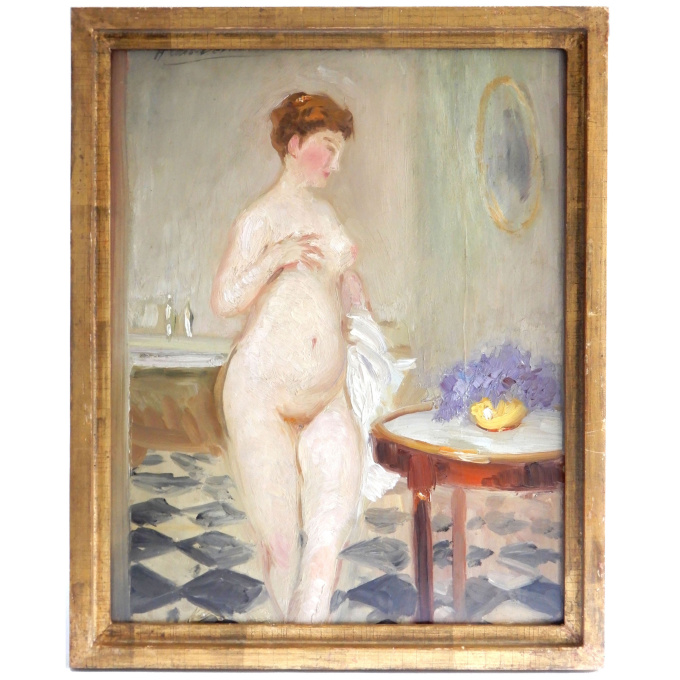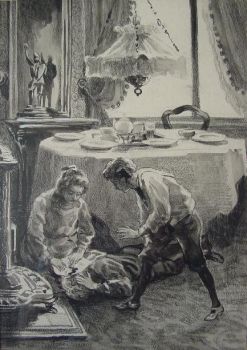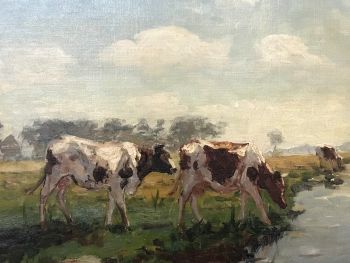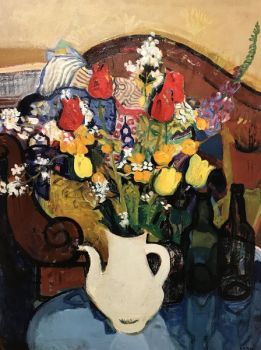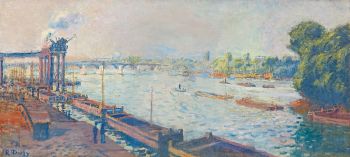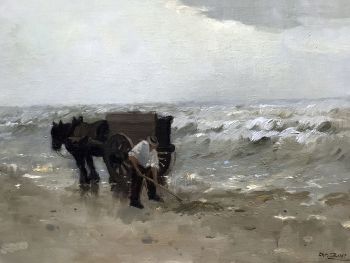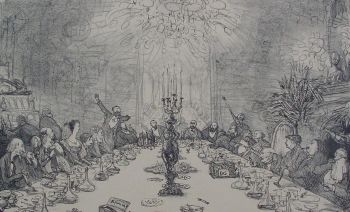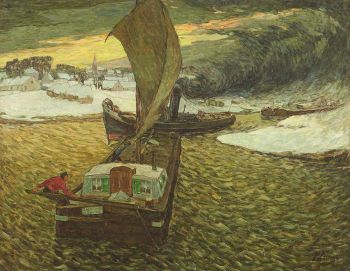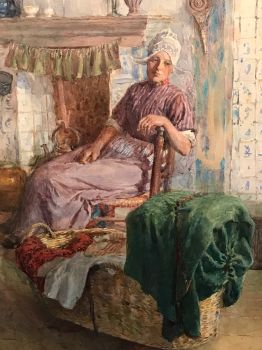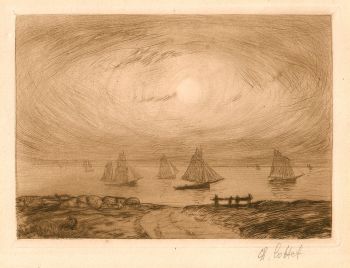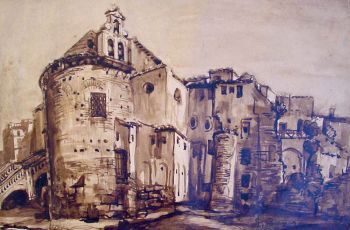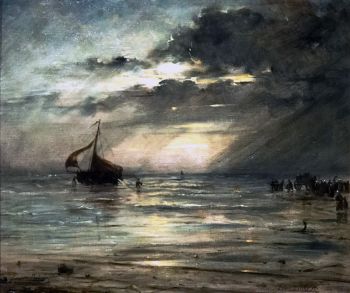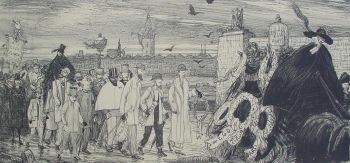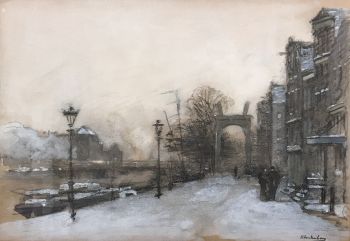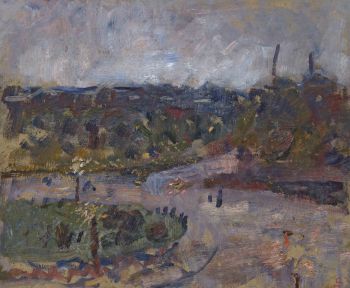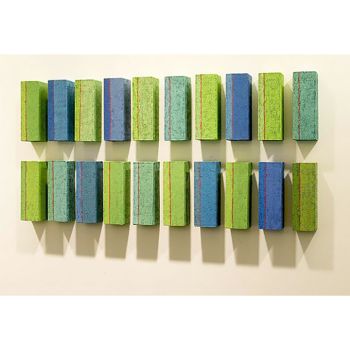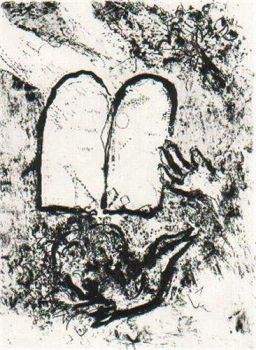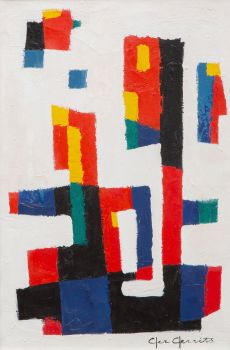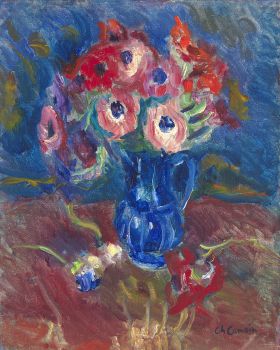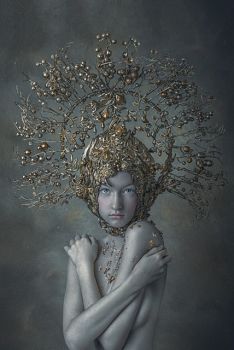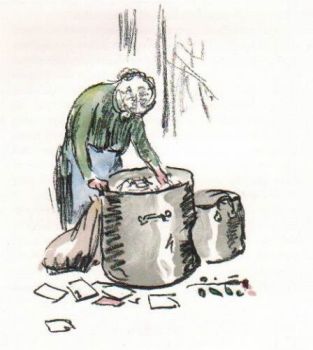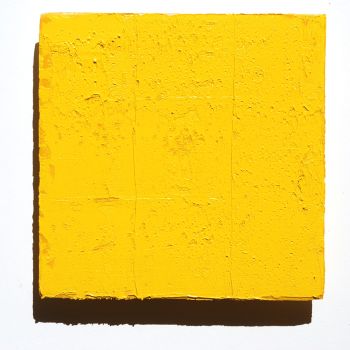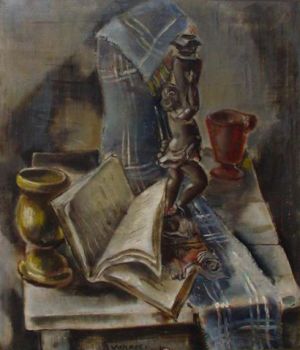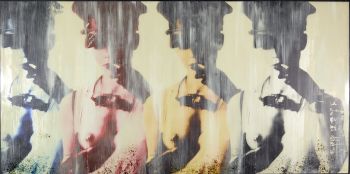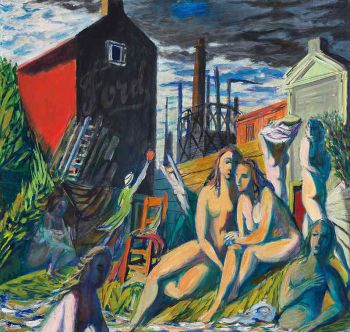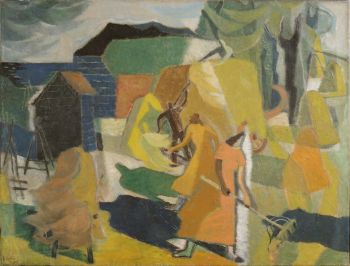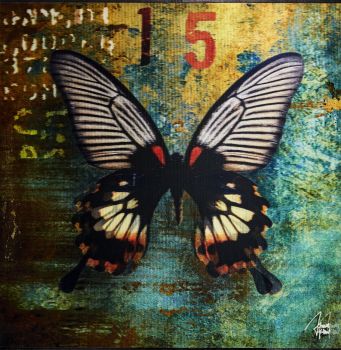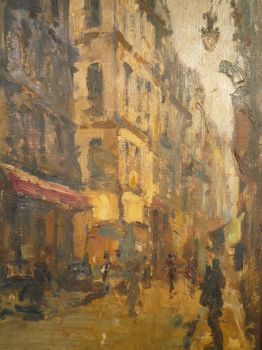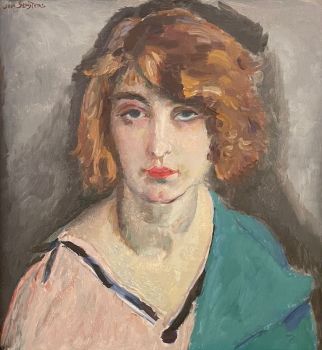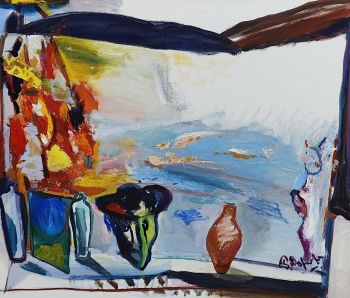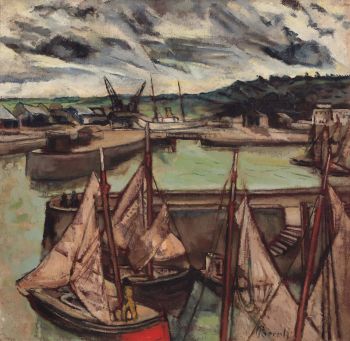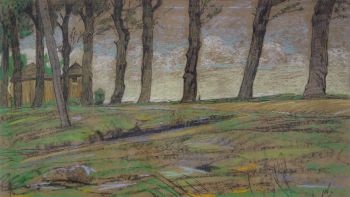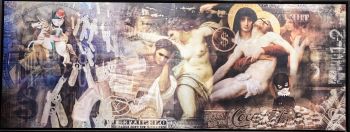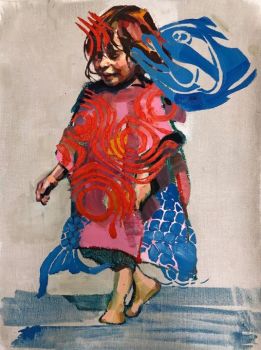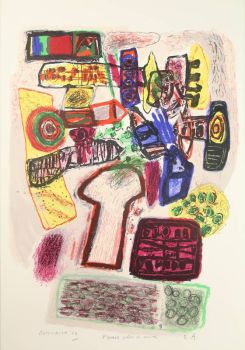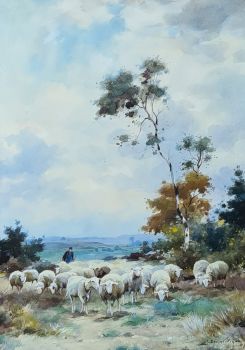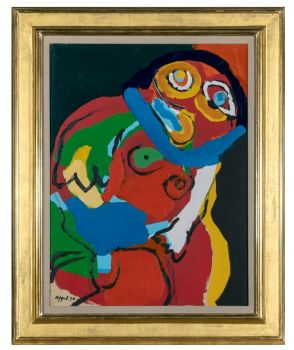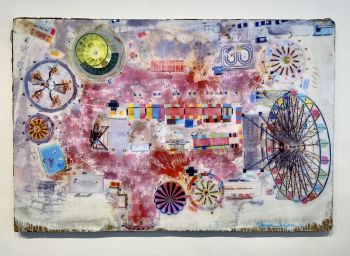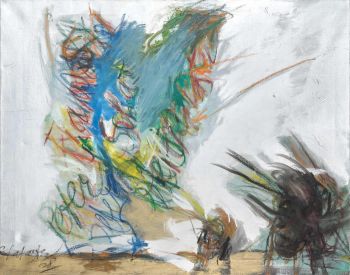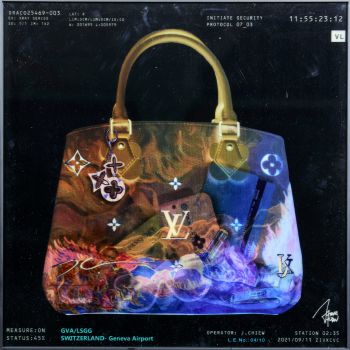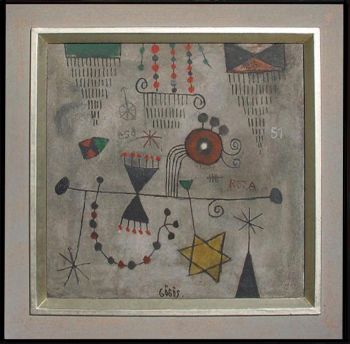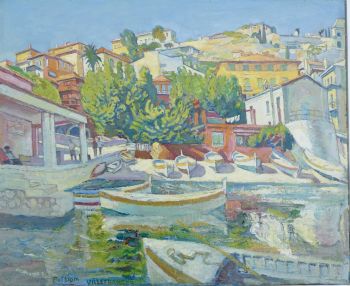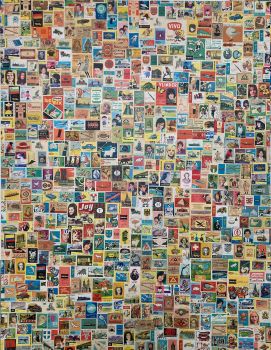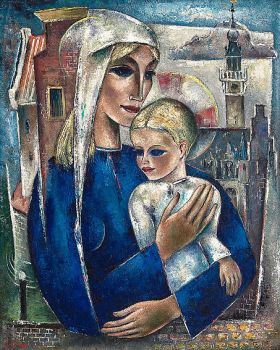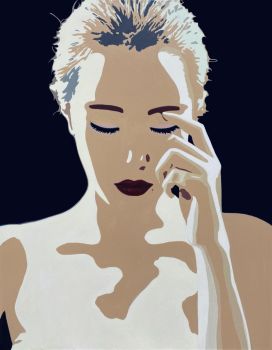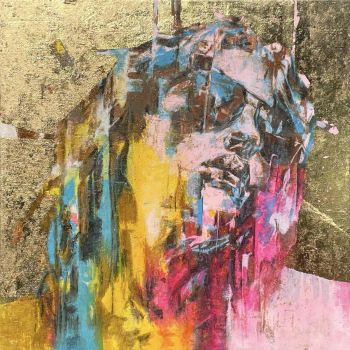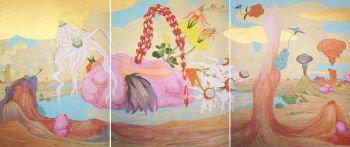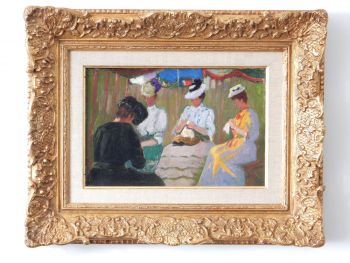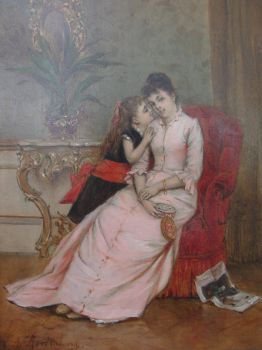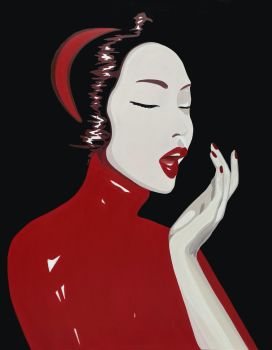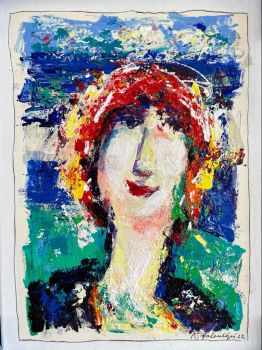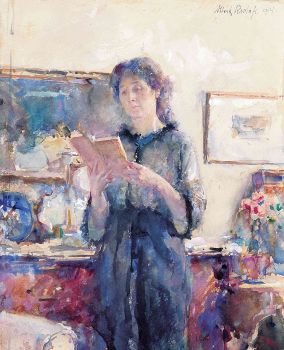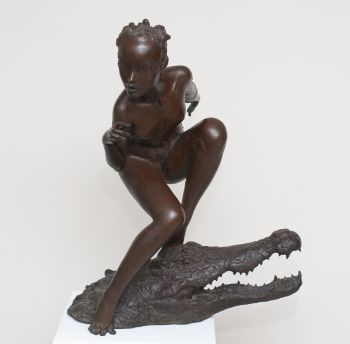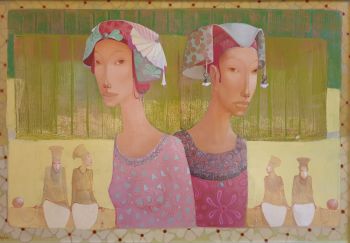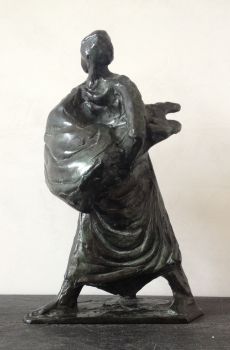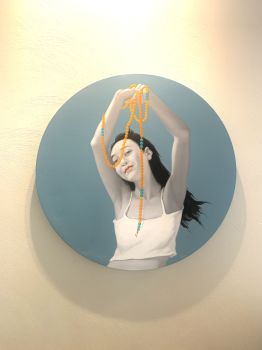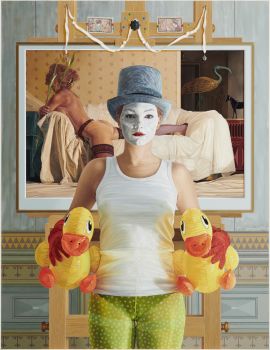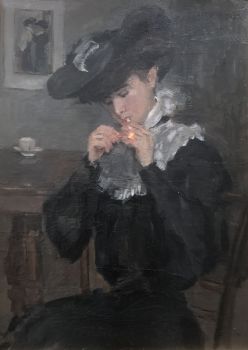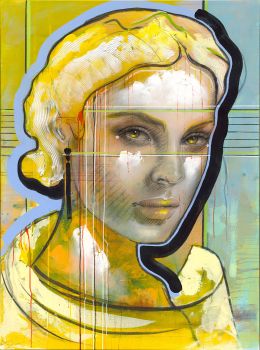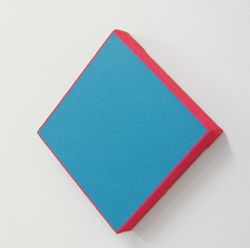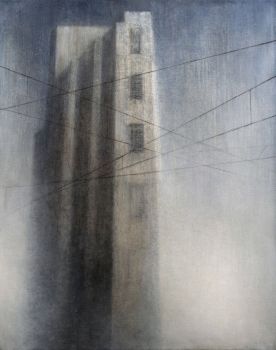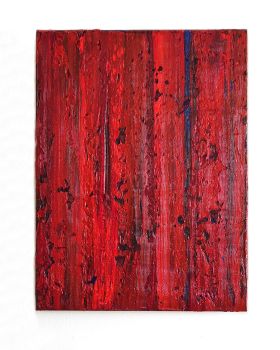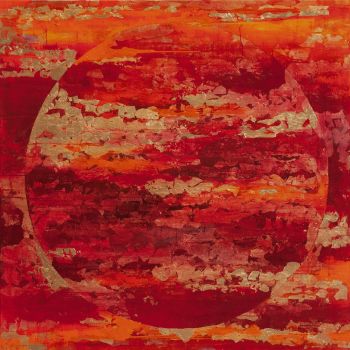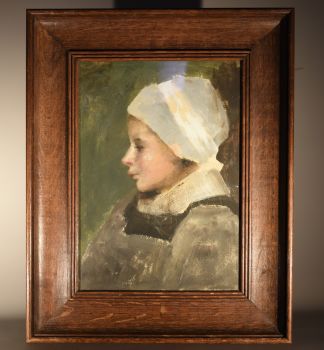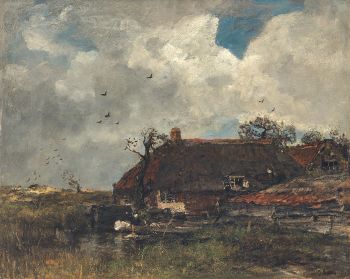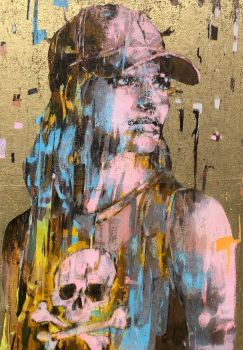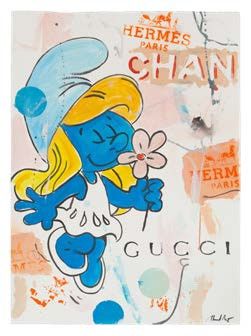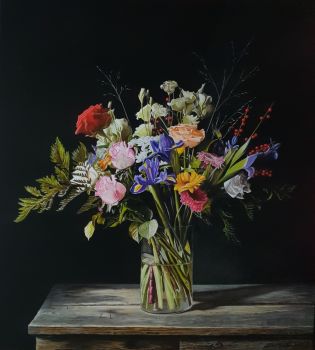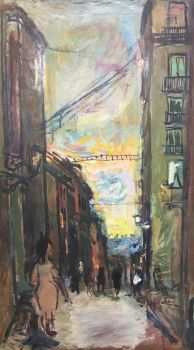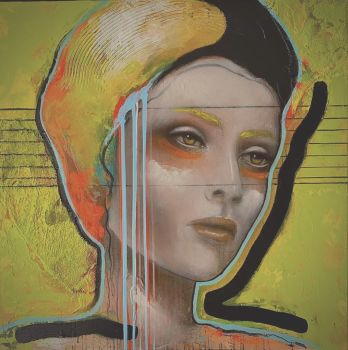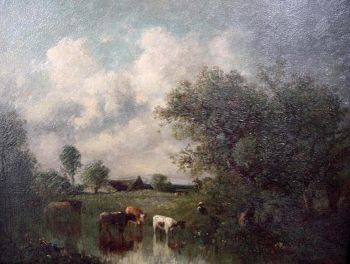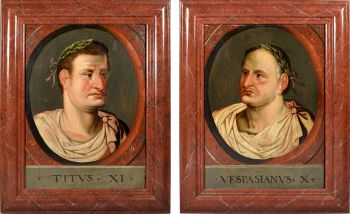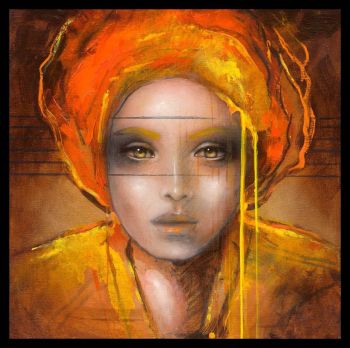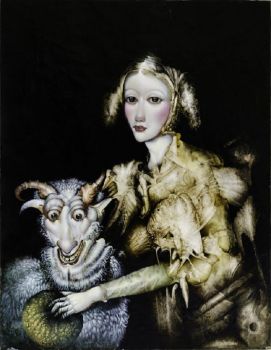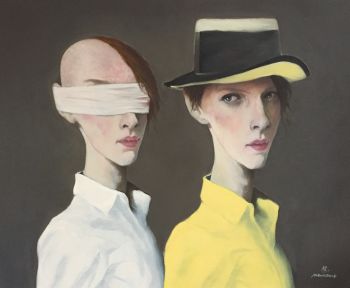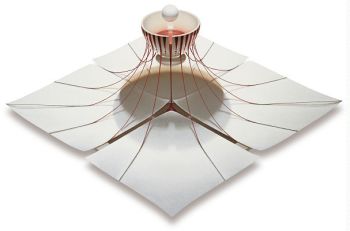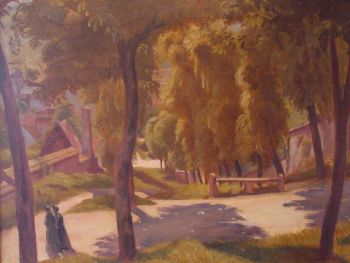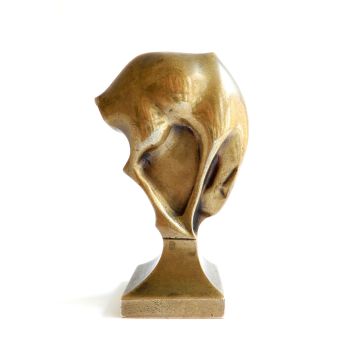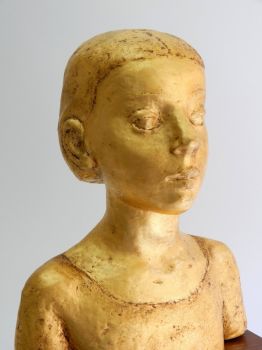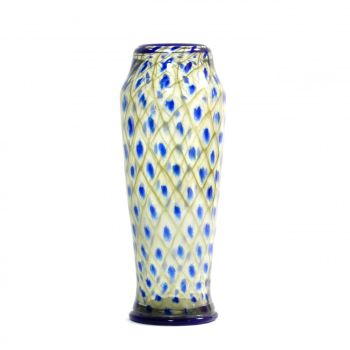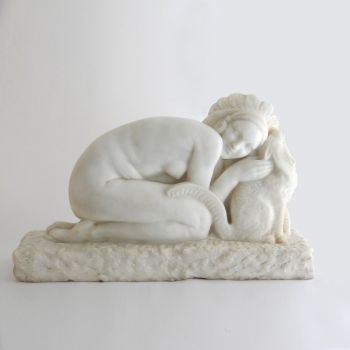'Nu a la toilette' 1900 - 1910
Henry Caro-Delvaille
Pintura de aceitePintura
44 ⨯ 36 cm
ConditionNear mint
Actualmente no disponible a través de Gallerease
Dille Art
- Sobre la obra de arteIntimate and lovely oil painting on panel (wood), depicting a woman who has just taken a bath. It is a domestic scene that Henry Caro-Delvaille wanted to capture. The style of painting is different, but the atmosphere is reminiscent of the work of Pierre Bonnard (1867-1947). They also exhibited together with the Group "Les Intimistes" in 1906.
This work was painted in the early 1900s and was part of the famous Sommaruga Collection in Milan.
It is signed top left with 'H. Carol Delvaille.
Biography:
Henry Caro-Delvaille (Bayonne, 1876 - Paris, 1926) was a painter of elegant interiors, figures and nudes, he was especially known as a painter of women, always elegant and often intimate.
He was also an engraver and decorator. After studying at the École des Beaux Arts in Bayonne, he continued his education at the École des Beaux-Arts in Paris, Léon Bonnet became his mentor.
He won his first medal at the Salon des Artistes Française in 1901, where he made his debut in 1899. From 1903 he was a member of La Société Nationale des Beaux-Arts.
In 1905 he won the grande Medaille d'Or at the Exposition Internationale in Munich. This brought him a lot of success, he received many assignments. As early as 1905, the French state purchased work from Henry Caro-Delville.
In 1906, Caro-Delvaille was one of the participants in the second exhibition of the "Groupe Intimistes" at the famous galerie Henry Graves in Paris.
Pierre Bonnard, Edouard Vuillard, René-Xavier Prinet and Etienne Moreau-Nélaton also participated in this exhibition. (Les Intimistes, Galerie Henry Graves, from February 14 to March 3, 1906.)
Both the public and art critics were very positive about Caro-Delvaille, the art critic Jean Valmy-Baysse wrote that he gave social events the charm of poetry. According to art critic Charles Morice, his work was "a representation of modern mondanité" (worldliness).
Maurice Denis sees in him an artist whom he compared to James Abbott McNeill Whistler (USA 1834-1903).
At the time, he presented him as one of the young promises of French painting
Henry Caro-Delvaille was represented by the important galleries such as Georges Bernheim Jeune in Paris and Nathan Wildenstein and René Gimpel in New York.
From 1917 to 1925 he also spent several years in the United States.
Henry Caro-Delvaille died in 1926 and is buried in Bayonne Jewish Cemetery.
His paintings are part of private and public collections in various museums in France, such as, for example, the National Museum of Modern Art, Center Pompidou, Musée des Beaux-Arts de la ville de Paris. But Princeton University Museum, USA or National Museum of Fine Arts, Beunos Aires in Argentina also have works by him in their collection.
Literature:
- Christine Gouzi, Henry Caro-Delvaille: peintre de la Belle Époque, de Paris à New York. Dijon, éditions Faton, 2016.
- Pierre de Lanux, « On the Revival of Applied Art. A conversation with Henry Caro-Delvaille », Arts & Decoration, avril 1922, vol. 17, p. 419.
- Henry Caro-Delvaille, "The Renaissance of Mural Decoration ", The Lotus Magazine, March 1913, vol. 4,
n°6, p. 253.
- Benezit Dictionnaire des Artistes, Gründ, Volume 3, p. 424.
Condition:
Good, There is an old restoration on the back of the panel. A professional restorer cleans the painting and gave it a new varnish. - Sobre el artista
Henry Caro-Delvaille, francés de origen español, fue un importante pintor de la vida social de principios del siglo XX. Su nombre real era Delvaille ("de la Vallée" en español) pero firmó Caro-Delvaille porque su madre, con quien tenía una relación cercana, se llamaba Caroline. Desde niño, Henry Caro-Delvaille sintió curiosidad por el arte, observaba su entorno y dibujaba. Su madre, escritora y poeta, fue su primera guía.
Después de estudiar de 1895 a 1897 en la Escuela de Bellas Artes de Bayona, Henry Caro-Delvaille fue alumno de Léon Bonnat en la Escuela de Bellas Artes de París. Expuso por primera vez en el Salon de la Société des artistes français de París en 1899. Se convirtió en miembro de la Société nationale des beaux-arts en 1903 y en su secretario en 1904. En 1905, ganó la gran medalla de oro en la Exposición Internacional de Múnich. El mismo año, su amigo Edmond Rostand le encomendó la decoración de su villa en Cambo. Luego se hizo conocido como retratista y recibió numerosos encargos. Fue nombrado caballero de la Legión de Honor en 1910. Su pintura puede compararse con la de Carolus Duran (1837-1917), célebre pintor de la belle époque.
Henri Caro-Delvaille emigró a los Estados Unidos en 1913 y se instaló en Nueva York, moviéndose hacia un estilo más Art Deco. Fue una figura central en los círculos artísticos, literarios y musicales a ambos lados del Atlántico, desde París hasta Nueva York. Gran parte de su trabajo se puede encontrar al otro lado del Atlántico hoy.
¿Está interesado en comprar esta obra de arte?
Artwork details
Related artworks
Jan Sluijters
Original illustration of Sluijters for the book: 'Laura's opstel'1881 - 1957
Precio a consultarKunsthandel Pygmalion
Emile Bernard
Sketch of the surroundings of Tonnerre1888 - 1941
Precio a consultarKunsthandel Pygmalion
Johannes Christiaan Karel Klinkenberg
Cityscape Amsterdam1875 - 1925
Precio a consultarGalerie Gabriëls
Marc Chagall
Frontispiece for Windows for Jerusalem1952 - 1980
Precio a consultarArthouse Marc Chagall
1 - 4 / 24Adrianus Johannes Groenewegen
Schaapsherder met kudde1874 - 1963
Precio a consultarGalerie Het Noorderlicht
 curada por
curada porGallerease Magazine
1 - 4 / 24- 1 - 4 / 24
- 1 - 4 / 24
- 1 - 4 / 12

